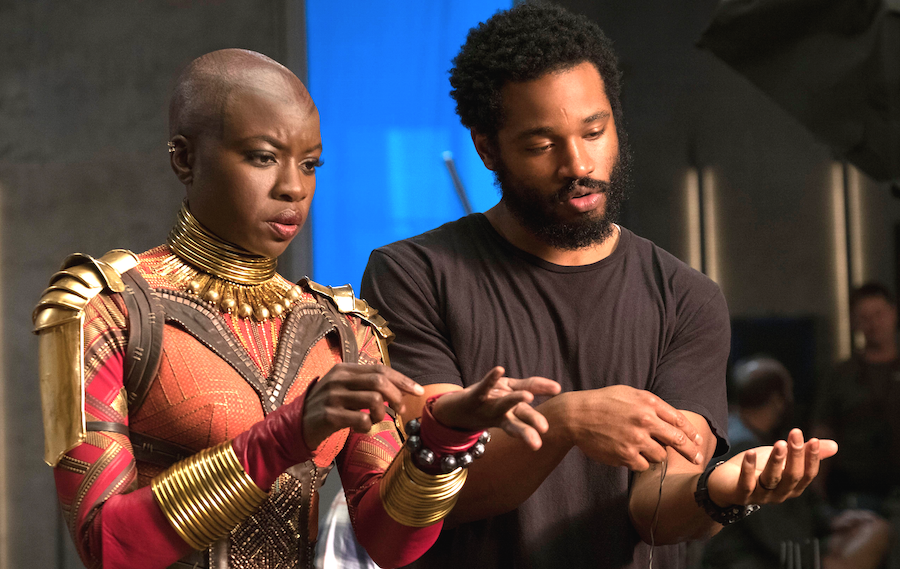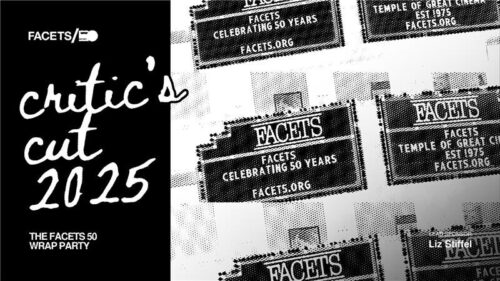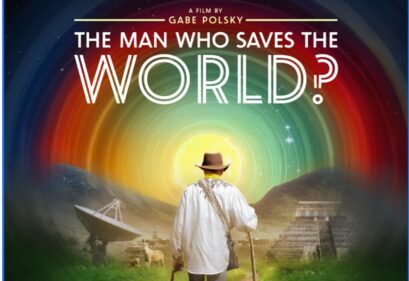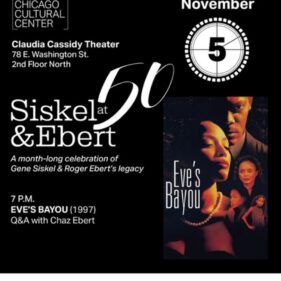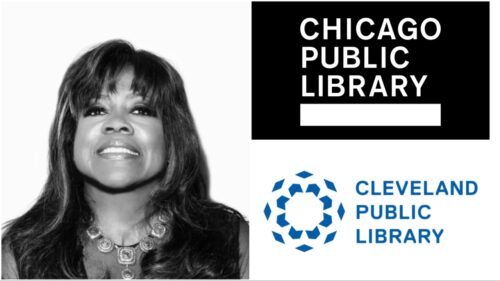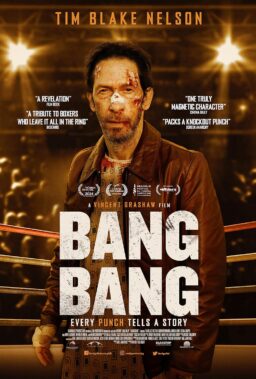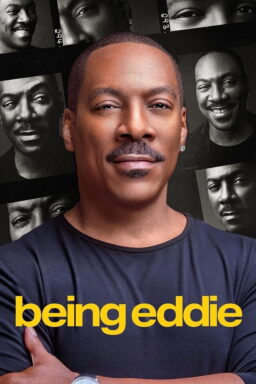Watching Ryan Coogler at the Oscars brought a thought to top of mind. The vibrant actresses he cast on screen and the gifted women who, from cinematographers to editors to production designers to costumers, collaborated to create his vision of Wakanda, reminded me of something of I often forget. It is not only female filmmakers who uplift women on screen and partner with talented female artists behind the camera. It is also male directors like Coogler who assume that women hold up half the sky and thus should hold up half the screen.
Over the last decade I’ve dedicated myself to celebrating the work of female filmmakers. To this end, periodically I teach a movie history course at the University of Pennsylvania or Drexel University with an object of introducing students to female directors they have never heard of, women such as Lois Weber, Dorothy Arzner, Ida Lupino—women of Hollywood’s so-called golden age—and beyond, i.e., Mira Nair, Kathryn Bigelow and Gina Prince-Bythewood.

Mars and Venus at the Movies examines seven pairs of films, each pair sharing the same theme, one directed by a man and the other a woman. The class compares/contrasts Weber’s “The Blot” with D.W. Griffith’s “True Heart Susie,” Arzner’s “Dance, Girl, Dance” with Howard Hawks’ “Ball of Fire” and Ida Lupino’s tennis melodrama “Hard, Fast and Beautiful” with Robert Mulligan’s baseball counterpart, “Fear Strikes Out,” etc.
The students can’t help but note that in movies directed by women there tend to be more female characters than in those by men and that female filmmakers are less likely than their male counterparts to judge their characters, whatever their gender or affectional preference. Students also marshal evidence that male directors sexualize actresses more than the females do, even when the female filmmaker is lesbian, as was Arzner.
<span class="s1" The students also report that generally female filmmakers are more likely to encourage audience identification with the emotions, physicality and intellect of their female characters than they are with sexualizing them.
What I have not taught my students—because I am still developing my thoughts—is that there are at least two male filmmakers of the golden age who, like Coogler today, encouraged audience identification with women onscreen and by making opportunities for female film artists. Their names are George Cukor and Mitchell Leisen. Both were gay and both were pegged as “women’s directors.” Still, the term was designed to impugn their masculinity, as if making movies in which females were central characters was insufficiently manly.

Cukor, who began his career as a theater director, made 10 films with Katharine Hepburn, five with Judy Holliday, four with Joan Crawford, two with Greta Garbo and one with Judy Garland—arguably, the best version of “A Star is Born” (1954). Famously, he directed the establishing sequences of “Gone with the Wind.” More than a third of the 51 films he directed either had one or more female screenwriters or a woman who wrote the source material. He was the filmmaker behind “Little Women” (1933), Camille (1936), “The Women” (1939) “Adam’s Rib” (1949), “The Marrying Kind” (1952) and “Les Girls” (1957). He worked with legendary writers like Jane Murfin, Zoe Akins, Jane Murfin, Sarah Y. Mason, Frances Marion, Anita Loos, Isobel Lennart and Ruth Gordon, the last half of the husband-and-wife writing team of Ruth Gordon and Garson Kanin.
Leisen studied architecture and began his career as a costumer for Cecil B. De Mille before turning to production design and then to helming some of the most interesting films of Claudette Colbert (“Midnight,” 1939), Barbara Stanwyck (“Remember the Night,” 1940) Rosalind Russell (“Take a Letter,” Darling 1942), Olivia de Havilland (“Hold Back the Dawn,” 1943; “To Each His Own”) and Ginger Rogers (“Lady in the Dark,” 1944). Like Cukor, roughly a third of Leisen’s feature films are from source material by women.
Preston Sturges (who wrote Leisen’s “Easy Living,” 1937) and Charles Brackett and Billy Wilder (who wrote “Midnight” and “Hold Back the Dawn”) denounced Leisen as a decorator who ran roughshod over their scripts and both Sturges and Wilder cited Leisen as the reason they became directors. Great as both writer/directors were, it would be hard to imagine that they could have turned their comedies into movies sprightly as “Easy Living” or “Midnight.” Or into movies any more adoring of Colbert, Stanwyck et al.

As a preteen movie geek who—way before I had ever heard of the auteur theory and way, way before the existence of DVDs—I noticed Cukor’s and Leisen’s names on movies I liked. Movies my Dad dubbed “Dames in shoulderpads” flicks. Cukor’s “Adam’s Rib” and “It Should Happen to You” and Leisen’s “Take a Letter, Darling” and “No Time for Love” focus on professional women negotiating career and romance in New York. These movies starring Hepburn and Holliday and Russell and Colbert had female characters drawn in three dimensions and were utterly unlike 1960s Hollywood movies where women had centerfold bodies and that’s all they had.
Was I likewise drawn to a gay sensibility in these films? Maybe? When I watch them today I’m well aware that “Adam’s Rib” cast David Wayne as the equivalent of feminist attorney Hepburn’s gay-best-friend, a composer and supposed rival (with Spencer Tracy) for Hepburn. And that “No Time for Love” cast Richard Haydn as photographer Colbert’s gay best friend, likewise a composer, who helps get Colbert and blue-collar “sand hog” Fred MacMurray together in the last reel. As an adult viewer I am also aware that Leisen is extremely focused on the shirtless MacMurray.
I’m not yet prepared to argue that Cukor and Leisen are similar to female filmmakers in that their female characters are just as important, if not more so, than the males. Nor am I prepared to say that they are the reciprocal of heterosexual male directors in that they accentuate the strength of their female characters and the sexuality of their males.
But I do want to thank them posthumously for their indelible images of resourceful women and for their collaborations with female screenwriters. It takes a secure man to imagine a world with strong, secure women, and to collaborate with same.
